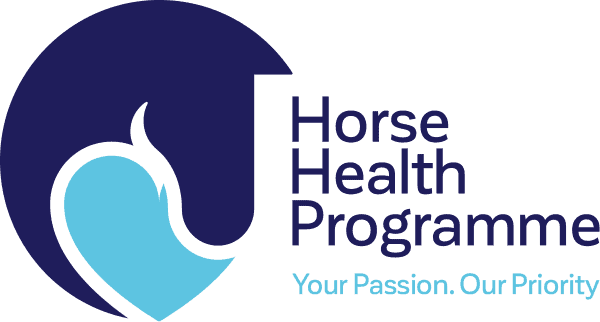Ligament injuries
Ligaments are the elastic soft tissue structures that connect the ends of bone at joints. In certain cases, they attach from a bone to a tendon i.e. the inferior check ligament. Their role is to maintain bones in alignment and provide support to a joint. They are usually located on either side of a joint. Therefore, the name collateral is often in their name relating to positioning.
How are ligament injuries caused?
Ligament injuries can occur in multiple ways such as direct trauma, or following abnormal or excessive forces placed on a joint, e.g. turning at speed. The severity of lameness exhibited can range from mild to severe. In cases of complete rupture there can be instability of the affected joint. As with tendon injuries there is often heat, pain and swelling in the region of injury.
Common Ligament injuries in the horse include:
- Suspensory ligament desmitis
- Collateral ligaments of the coffin joint, fetlock joint and hock joints
- Palmar annular ligament of the fetlock
- Accessory (check) ligament of the deep flexor tendon
- Meniscal and cruciate ligaments of the stifle
How do we diagnose ligament injuries?
In severe cases of ligament injury, the presence of heat, swelling and pain on palpation may be present to help locate the injury, and ultrasound will likely confirm diagnosis. In other cases which are more subtle or involved within the hoof, a full lameness investigation might be required. This would involve procedures such as nerve blocks followed by radiography and/or ultrasonography, and in certain cases, advanced procedures such as magnetic resonance imaging (MRI) may be required to obtain a diagnosis.
How do we treat ligament injuries?
The initial treatment of these injuries are often managed similarly to that of tendon injuries. Initial treatment in the 10-14 days after an injury usually involves;
Box rest
- Ice application or cold hosing two to three times daily and/or application of kaolin poultice.
- Bandaging to immobilise the limb.
- Anti-inflammatories such as ‘bute’ to aid in reduction of swelling and provide pain relief.
This is often followed by a slow rehabilitation plan which often takes nine months plus to resume normal exercise program, if successful. This rehabilitation might initially involve a period of box rest followed by controlled walking often for three months.
Other treatment options
These treatment options include similar to those of tendon injuries:
- Surgery is used to evaluate further the extent of injury or debride lesions. In proximal suspensory desmitis, a lateral plantar nerve neurectomy and fasciotomy is sometimes performed to alleviate symptoms of lameness.
- Platelet derived plasma.
- Stem cells.
- Extracorporal shockwave therapy – this involves the delivery of high impact short duration physical ‘shock waves’ to an area of damaged or inflamed tissue. The machine delivers a series of shocks (physical rather than electric) focused on the site of tissue damage and this is usually repeated at seven to 10 day intervals for up to four occasions. The exact mechanism of its action at a cellular level is not clear, but there is evidence that it can improve and increase blood flow to the area, reduce pain by suppression of nerve ending activity and increase tendon, ligament and bone generation.





